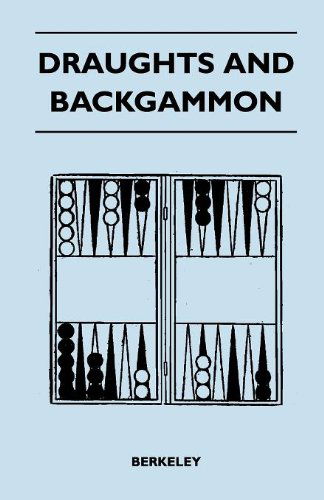Tell your friends about this item:
Piquet and Rubicon Piquet
Berkeley
Piquet and Rubicon Piquet
Berkeley
Publisher Marketing: Should any of our readers be curious as to the history of this charming game, we can with all confidence refer him to Cavendish on liquet. Until that writcr made this game his study, and with the aid of 2 joint committee from the Portland and Turf clubs drew up a Code of Laws since adopted by all our leading clubs, the only recognised authority was Hoyle. The great failing in Hoyles treatise was, that he addressed his renders as if they had already made considerable progress in the knowledge of the game. We hope no such charge can be made against us, as the following pages have been written with the object of enabling our readers, however ignorant of the game, to attain at least some proficiency in it. Piquet naturally falls under two heads Piquet au Cent and Rubicon Piquet. The forner is described by Hoyle, and was played alnost universally up to the year 1873 but since then it has been to a very great extent superseded by the modern game. The two games in many ways go hand in hand, and so many of the leading principles in each of them are identical, that it appears to us a matter of indifference which we describe first, and we will therefore take the parent game before its offspring. This game, sometimes called English Picyuet, is played by two persons, who sit opposite to each other. Two packs of piquet cards, with backs of a different pattern, although not absolutely necessary, yet are generally used for the sake of convenience. These packs should be shuffled separately, and used alternately. A piquet pack consists of thirty-two cards, all the twos, threes, fours, fives, and sixes being rejected froim a complete pack of fifty-two cards. The cards having been duly shuffled, theplayers cut for deal, and he who cuts the lower card is bound to deal a disadvantage, but has the choice of packs during the first partie or game, as agreed upon. In cutting, the cards rank in the same order as they do in play, counting the highest, then king, queen, knave, ten, nine, eight, and seven. The pack, chosen by the dealer, is now cut to him, and he deals them two by two, until each player has twelve cards. The eight cards remaining undealt are called the and should be left on the table, midway between the two contesatants, - When the cards are dealt, each player should sort his own hand, placing together those of each suit. The first thing to be looked for by each is, whether he has a carteblanche, that is, whether he has a hand without any picture cards in it these are the king, queen, and knave see Page 4............
| Media | Books Paperback Book (Book with soft cover and glued back) |
| Released | October 6, 2008 |
| ISBN13 | 9781443759304 |
| Publishers | Inman Press |
| Pages | 68 |
| Dimensions | 140 × 216 × 4 mm · 95 g |























